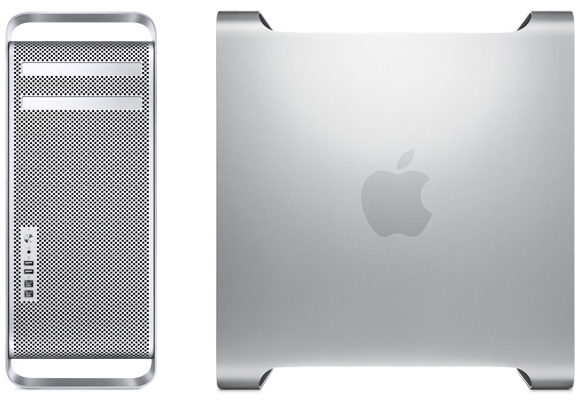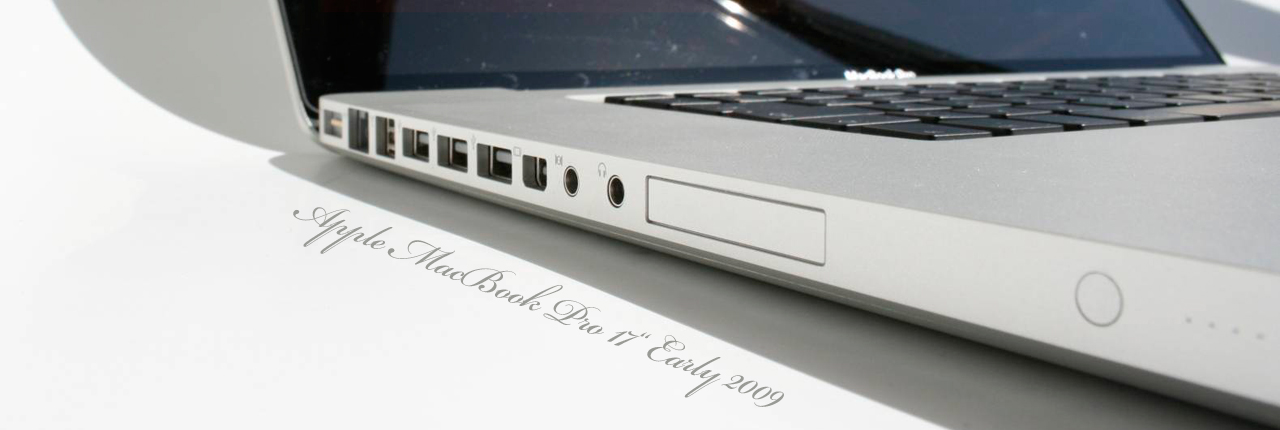

- Macbook pro early 2009 vs macbook early 2009 install#
- Macbook pro early 2009 vs macbook early 2009 windows 7#
- Macbook pro early 2009 vs macbook early 2009 mac#
Memory is designed to be backward-compatible, so generally speaking, you can safely add faster memory to a computer that was designed to run slower memory. The Memory you have noted PC3-10600 is backwards compatible with PC3-8500 as noted here by Crucial "Memory speeds and compatibility" article. So you're trading an imaginary upside for a real downside. Lastly, if you compare the 2 chips you linked you'll notice that the 1333 memory has a CAS latency of 9, while the 1066 has a lower (better) latency of 7.
Macbook pro early 2009 vs macbook early 2009 install#
This is why I advocate sticking as closely to the specs as possible.Īs to the advantage of possibly installing the RAM in a future computer, in 2 years you'll probably be able to get twice the RAM for the price (and be wanting to install twice the amount too.) You can find similar stories all over Apple forums. However it can cause problems one example from the Apple Support Forums.
Macbook pro early 2009 vs macbook early 2009 mac#
More often than not your mac will accept higher speed RAM. So there you have it, the stats and benchmarks.There's no benefit in going with faster RAM because the speed is limited by what your motherboard supports (the early 2009 iMac has a 1066 Mhz frontside bus.) In theory the faster RAM should be able to work at the lower speeds and should be safe to install, however macs do tend to be fussy when it comes to RAM so I would recommend sticking to the RAM recommended in the system specs. This test may not be the fairest one for the MBP13 since it didn’t have an SSD drive and in turn the numbers could jump back in its favor with such an upgrade.

Macbook pro early 2009 vs macbook early 2009 windows 7#
VMware Fusion ran rather well on it and loaded my virtual Windows 7 much faster (Flash SSD definitely makes a difference in overall system speed vs my 5400RPM platter harddrive in the Macbook Pro 13). I did feel like the Macbook Air felt faster and smoother running. The numbers don’t lie and the experience you get does relate to the benchmark scores. Heck, it even bested my late 2009 Macbook Pro 13 on most tests except for the CPU score. Compared to most netbooks, the Macbook Air surpasses any of them with ease. Some opponents and naysayers of the new Macbook Air 11″/13″ don’t really have much an argument against the CPU or overall speed of the laptop. The results may surprise and delight a few of you! 3D Mark Scores

I also ran each test twice to make sure results were not skewed. My virtual machine used was my Boot Camp Partition. I ran the default 3DMark 2006 benchmark on both machines in Windows 7 in both VMWare and booting to Windows 7 directly via Boot Camp. Each is running the latest VMWare Fusion 3 for virtual machine testing and each VM is allocated the same 1 cpu core and 2GB of RAM. I have both Macbooks setup with Boot Camp and Windows 7 Ultimate Edition (64bit) on each.

Intel C2D 1.6Ghz (Shows as a U9600 in 3DMark) Keep reading for all of the stats and numbers.įirst things first, here are the physical specs on each of the machines we tested.ĥ400 RPM, SATAII Western Digital Harddrive (500GB) These tests were ran in VMWare Fusion and in Boot Camp Windows 7 on both machines and in very similar test environments. Today we will take a look at some unofficial 3DMark2006 tests ran on both of my setups. Even though my MBA 11 is running a slower CPU than my late 2009 Macbook Pro 13 (1.6ghz vs 2.26ghz), the MBA just seemed faster. As a new Macbook Air 11″ owner, my first impressions in regards to performance were very good.


 0 kommentar(er)
0 kommentar(er)
